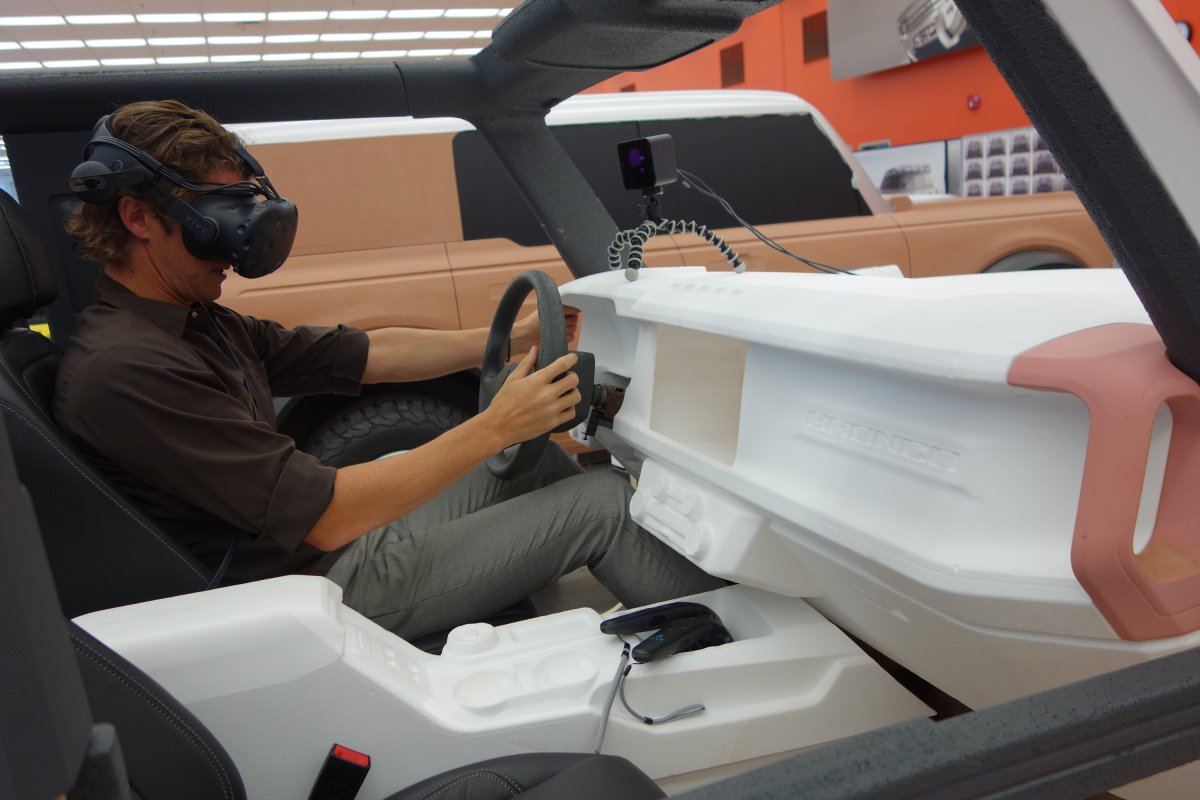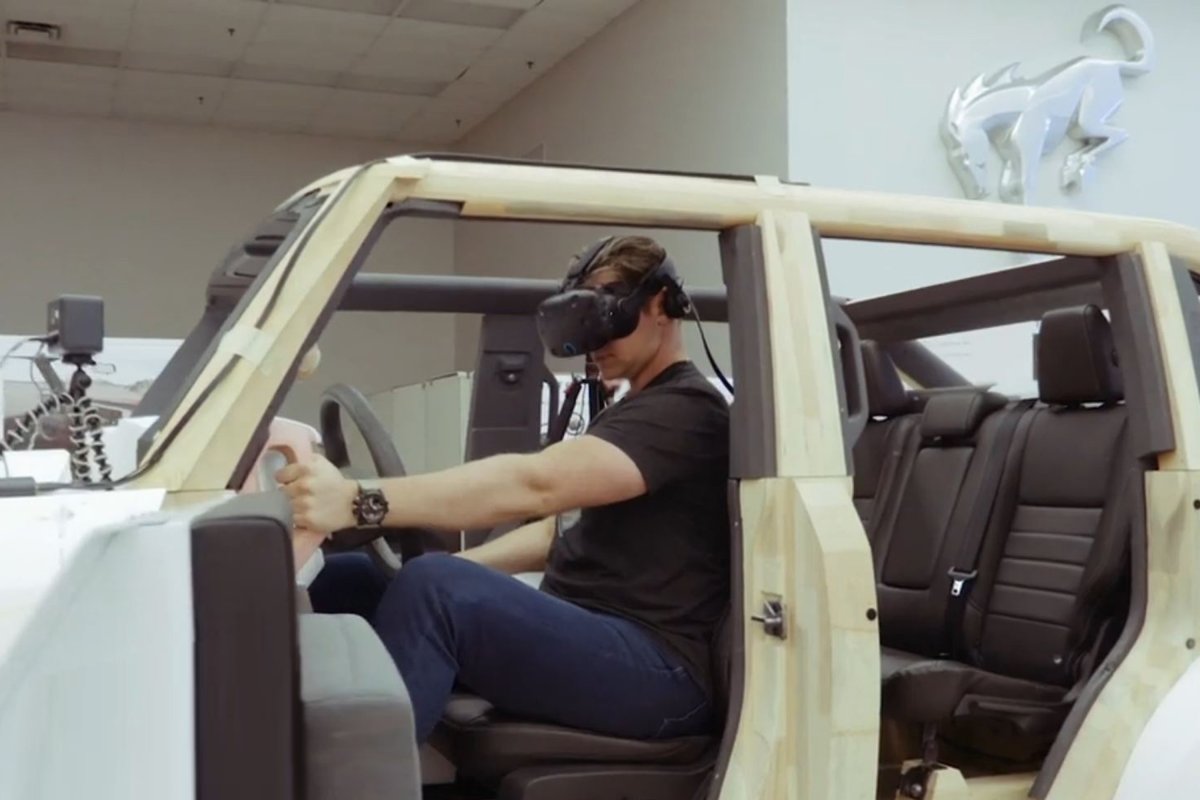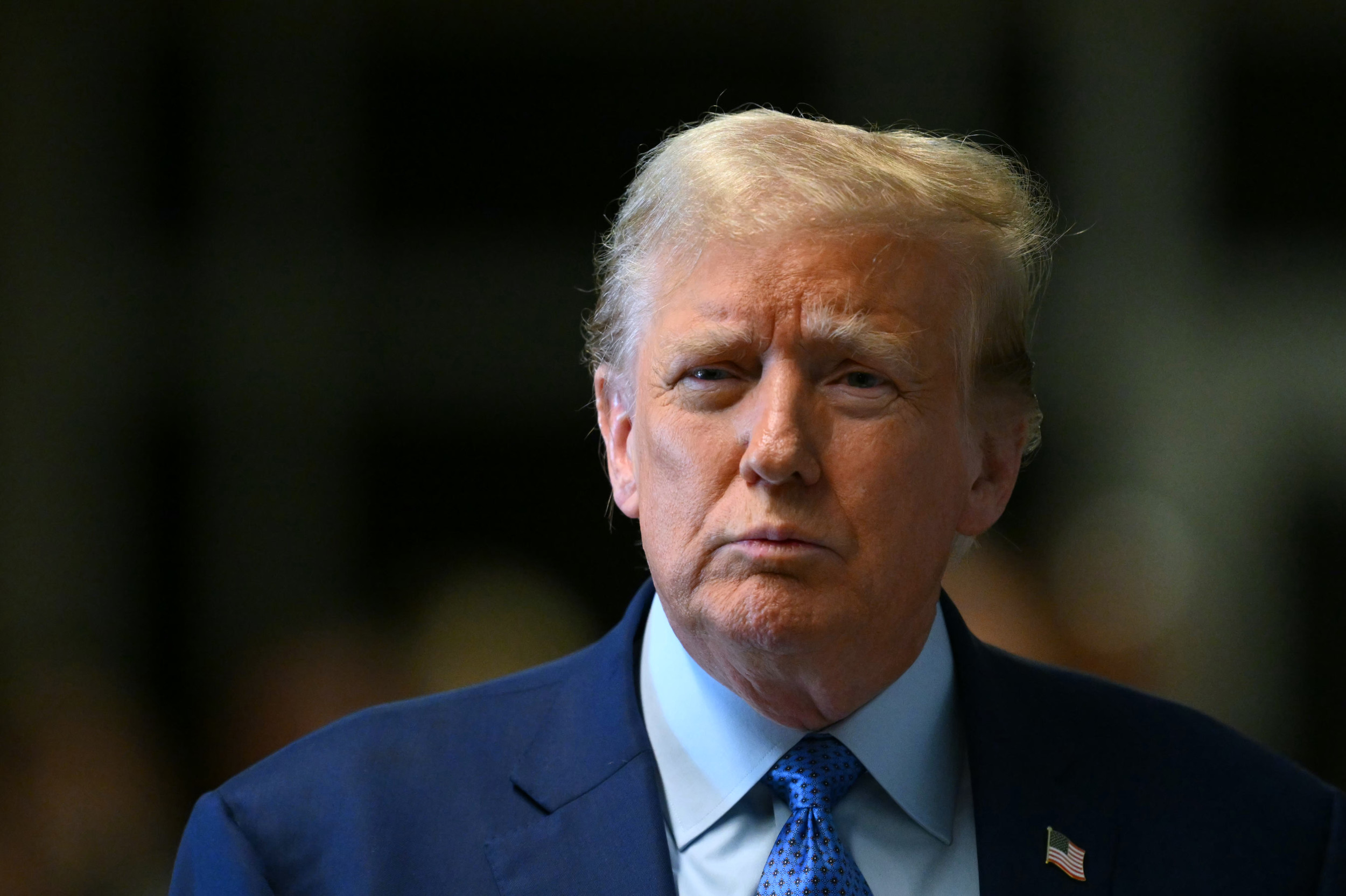Digital headsets helped car designers around the world connected with each other, collaborating in real time, during the COVID-19 pandemic. Its use has jumpstarted a case for using virtual reality (VR) for more during the design process, making the chunky goggles and controller wands a staple in studios.
The designers react to models, animation, and proportion ideas by utilizing the equipment in tandem with various types of 3D design software.
VR was first used by the automotive industry a decade ago. The pandemic accelerated the practice. Designers at Ford Motor Company, General Motors, Kia and others used it to continue their work while remaining socially distant. Some companies now use virtual 3D modeling for every car they design.
As opposed to augmented and mixed reality, which give users a real look at the surrounding environment with overlays providing information, VR creates a compete virtual environment to look and move around in, everywhere from forests to design rooms complete with different settings for lighting, background and road surface.

"Before the pandemic, we were using [VR] but it was probably a bit more focused on the enthusiast. But we saw that there was going to be a real potential and a need for us to use the technology to move more quickly, and to be able to do faster iterations on our way to a physical result," Bryan Styles, director of immersive technology at General Motors told Newsweek.
"Also prior to the pandemic, coincidentally at the start of 2020, my team was formed because there was a discussion with the highest levels of leadership in the company that we've got to make sure that we're preparing for the future and having the right tool for the right job, and doing things immersively whether it's virtual reality, mixed reality or augmented reality, those are all part of the toolkit that we need to develop."
Ford also started using VR before the pandemic, but the quarantine put it into hyperdrive. It used VR to evaluate the open-air experience in the Bronco using a full-size model made of packing foam. Ford says it used VR to transport the Bronco to the desert or the forest without leaving the studio
"We used one of the clay modeling heat lamps to give us the intense feeling of the sun on our skin, or we piped in a forest soundtrack and used a large fan so you could feel the wind. The sense of immersion was transformative. So transformative one person who we sat in there was startled they couldn't see their hands, forgetting for a moment they were in a virtual environment, the impression of reality was so profound," Paul Wraith, Ford's chief designer told Newsweek.

Ford has a virtual courtyard environment that looks like the real life area at its Irvine, California studio. Designers can see how the light hits the surfaces at different times of the day without having a real model outside in the elements. It can spin virtual vehicles on a turntable. There are other scenes too, like country roads or open parking lots.
The companies use a variety of programs to achieve maximum effect in the studio.
Gravity Sketch, utilized by Ford and GM, allows designers to draw lines in the air, reshape those lines, connect panels and choose accents for its vehicles, without ever turning a screw or lifting a pencil. It also allows designers to take a 2D drawing off the page and create it in 3D. They can then physically walk around their creation, or just spin it in place and stand still, to look at every angle.
"It's one of the mainstream tools for us because it allows iteration from sketch to 3D model pretty quickly. There's less need to interpret a sketch because the sketch is being done in 3D. And then you can get the right dimensions earlier on, which then allows you to get to a clay model or a physical property that's higher fidelity, and closer to what you want," said GM's Styles.

Much of the technology was proven on Sony's PlayStation and Microsoft's Xbox. One of General Motors' tools is the new Unreal Engine 5 program, whose predecessors have been instrumental in creating some of the top gaming titles.
GM uses it for virtual signoffs on the exterior and interior, to design the human machine interface (HMI) and even for the size of the corner pillars to make sure they're not too large to see around. Light reproduction can also give designers a sense of how much glare will hit the windshield at different times of the day.
And this isn't just about outer body panels on vehicles. These systems work for engine placement, suspension engineering, aerodynamics and interiors too. GMC's setup lets designers sit in a half cutaway interior, don the goggles and then be transported to the inside of a Hummer EV, Sierra pickup or one of its SUVs. Ford used it to design the GT's racing-style suspension.
"Interiors benefit greatly using VR. By nature, they are extremely detail oriented with tons of color and material combinations. To represent all these combinations early in a program is extremely intensive but with VR we can apply different colorway and material proposals virtually and come to conclusions much faster and more cost effective," said Hutting.

GM's system can do ambient interior lighting, as well as placement, combined with different exterior lighting conditions to judge the cabin in all states.
"We can also experience what it looks like in different lighting color palettes. We can also evaluate how a lighting theme may look up high, in the middle or down low in the interior, and determine which makes the most sense," Jennifer Kraska, director of Chevrolet interior design told Newsweek.
When less time is required for the ideation of each model, teams can spend their time on other projects. Virtual design can save on staffing, materials, operations and even the physical space needed for studios. It's greener too, cutting down on the number of physical models having to be created, then scrapped, as the design process evolves
The immersive VR experience does have its challenges, however.
"I've dropped into VR to poke around for 30 minutes in the afternoon only to find it's now 2 a.m., and although I've had the time of my life, the house is dark and everyone's asleep. The immersion is thrilling, but can be confusing," said Wraith.
"I've also experienced some of the Post VR Sadness Syndrome where you remove the headset and leave the color-saturated creative space or the convincing simulation of our California studio courtyard or Arizona desert to see that in reality outside it's a typical Michigan winters day and...damn."
The endgame of this digital wizardry is the quicker process of ideas that become designs that become real-world vehicles. Designers can also feel free to stretch their creative wings with no penalty for anything that doesn't work.
Uncommon Knowledge
Newsweek is committed to challenging conventional wisdom and finding connections in the search for common ground.
Newsweek is committed to challenging conventional wisdom and finding connections in the search for common ground.
About the writer
Jake Lingeman is the Managing Editor for the Autos team at Newsweek. He has previously worked for Autoweek, The Detroit ... Read more
To read how Newsweek uses AI as a newsroom tool, Click here.






